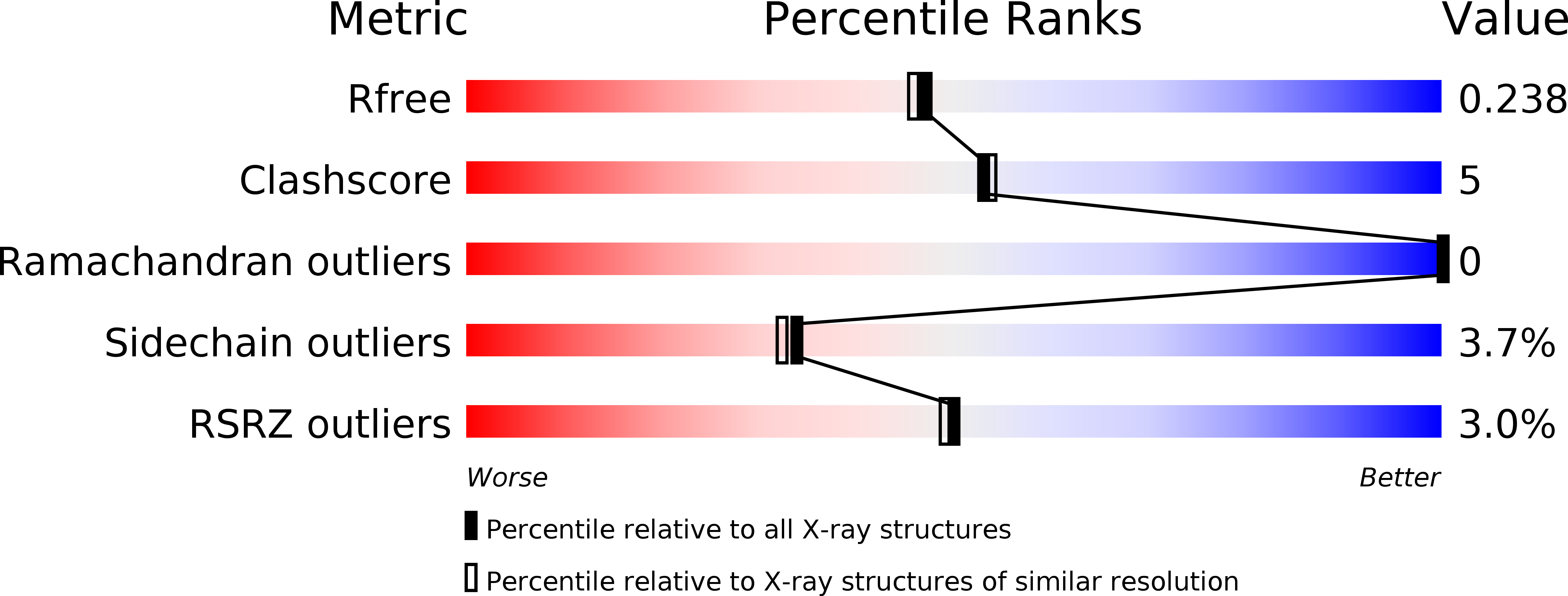
Deposition Date
2011-11-26
Release Date
2012-01-18
Last Version Date
2023-09-13
Entry Detail
PDB ID:
3UTM
Keywords:
Title:
Crystal structure of a mouse Tankyrase-Axin complex
Biological Source:
Source Organism:
Mus musculus (Taxon ID: 10090)
Host Organism:
Method Details:
Experimental Method:
Resolution:
2.00 Å
R-Value Free:
0.23
R-Value Work:
0.20
R-Value Observed:
0.20
Space Group:
C 1 2 1


